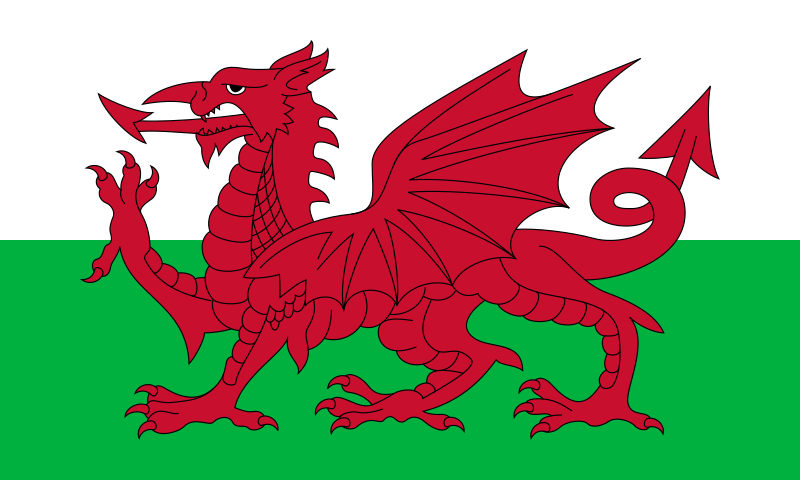Recent searches
Search options
#nomadic
New here and excited to connect on this app!
I have lived in my self converted van for almost 3 years now, accompanied by my pup, Copper.
He is, undoubtedly, alpha in this situation but he does allow me to choose what we listen to on our long drives. So compromises are justifiably made
#vanlife #vanpup #nomad #nomadic #travelpup #solotravel
on view @feinkunstkrueger until the 27.12.21 hamburg germany in the exhibition TOPOPHILIA
#decay #lichen #iwilleatyoualive #hideout #dropout #nomadic #cabin #shed #tent #birches #camper #eremit #prepper #outsider #yurt #postapocalypse #utopia #independence #simplicity #climatechange #wander #moos #allshades #moki #mioke
#hideout #dropout #nomadic #cabin #shed #tent #birches #camper #eremit #prepper #outsider #yurt #postapocalypse #utopia #independence #simplicity #climatechange #wander #moos #allshades #moki #mioke
Day 4: an inspiring talk with #HarryJenkinson of #Right2roam. We are a #nomadic species, and our capacity to care for nature depends on our political and cultural rights to be part of it -- not cut off from it.
Despite having had a rather substantial Warhammer goblin army since the mid 2000s, I have somehow never drawn a goblin. Today, that changes. And it shows.
Almost happy with the original linework, spoiled entirely by the shading.
Perhaps by the end of the challenge I'll be able to do both at the same time. Perhaps the ibex will grow wings.
#inktober day 10: "Nomadic"
#Nomadic is now trending across Mastodon
#art #mastoart #illustration #inktober #kleinekunstklasse #venus #nomadic
Bevor die nomadische Horde weiterzieht, erhält die Venus von Willendorf ein Geschenk von einem ihrer vielen Verehrer.
Today's Inktober prompt is 'nomadic' :)
It's a Carl Sagan quote.
Photo Blog: "Comparison of daily activity rhythms in individual workers of five Japanese ant species", HarunaFujioka shares some photos and insights from her new study about locomotor activity of five species. #ants #circadian #rhythm #nomadic
Ethiopia, wedding ceremony by Dietmar Temps
A Last #Wildness
Riding alongside the reindeer herders of Europe’s northernmost county.
Global warming and its discontents have brought energy firms, foreign investors, and the Norwegian state into conflict with an #indigenous #pastoral economy.
DECEMBER 5, 2023
by Ben Mauk & Carleen Coulter
"At seven o’clock one September morning, four reindeer herders on dirt bikes and ATVs drive up toward the peninsula whose tip is the northernmost point of mainland Europe. The peninsula is called Čorgašnjárga in Northern #Sámi, the working language of the herders, and Nordkinn in Norwegian. Channels of wind come down the fjords on either side and whip the land clean. Near the coast of Lakesfjorden, the herders find #reindeer gathered on the northern side of a wooden fence several miles long. They open a gate and begin to funnel the animals south toward a brown depression in the landscape, where, inside a labyrinth of pens, corrals, and fence-lined paths, several hundred more reindeer, and a dozen herders, are waiting.
“In summer 2020, the waning days of the midnight sun, the photographer Carleen Coulter and I traveled across Troms og Finnmark, Europe’s northernmost county, following reindeer herders during calf-marking season. The county is curved like the blade of a knife, tracing the edge of a belt of land that crosses #Norway, #Sweden, and #Finland into #Russia’s #KolaPeninsula. The region — known as Sápmi to the Sámi people who are its most longstanding inhabitants — is sometimes called Europe’s #LastWilderness. It is a rare sanctuary in the northern world, one where a #lynx, #stoat, or #salmon might emerge into being, live out its hungry life, and die without encountering any evidence of humankind.
“This wildness is now threatened, not only by #ClimateChange but by some of the very forces developed to combat that existential peril. The most visible sign of change is the wind turbine, hundreds of which are proposed for construction in Sápmi as part of Norway’s commitment to a climate-neutral future. Although its total output remains small compared to producers like #Germany and #Spain, Norway is home to one of the fastest-growing #WindIndustries in the world, and tripled its onshore capacity between 2018 and 2020. Much of the growth is taking place in Troms og Finnmark, where #WindFarms have proven to be uncommonly productive. The 15-turbine Raggovidda wind park in East Finnmark, one developer told the Independent Barents Observer, 'is the most efficient in Norway, in all of Europe — perhaps in the whole world.' It is so productive that its output has far outstripped the needs of its host municipality. Its owners sought and received a concession for the installation of extra power cables to export the electricity for profit. Plans for more ambitious wind parks, some with hundreds rather than dozens of turbines, are pending approval.
“If you have hiked or driven past one, you will know the repetitive strangeness of a field of wind turbines. The effect is only enhanced near the Arctic Circle, where they are perched on treeless plateaus and holy mountains, surrounded by empty sky, each airfoil the size and shape of 747’s wing. Reindeer will not go near them, although the mountains, cool and #lichen-covered, are important summer grazing pastures. As a result, the animals starve, overheat, or become disoriented and are hit by cars.
“The corral where herders were marking reindeer that September is part of Norway’s second-largest herding district; Lágesduottar encompasses large tracts of public land in eastern Troms og Finnmark. There are nineteen reindeer concessions employing around one hundred people, as one linguist and herder present at the marking, Máret Laila Anti, explained, 'from babies to great-grandmothers.' With few exceptions, only #IndigenousSámi people are permitted to hold concessions in Norway. A concession cannot be bought or sold, only inherited or abandoned.
“Four wind power projects have been proposed within Lágesduottar district. Given the typical grazing paths of reindeer, the parks would also affect three other herding communities, totaling more than sixty concessions and about three-hundred people. If constructed, they would almost certainly spell the end of herding in the region. The extra work created by the wind parks—the loss of grazing grounds, the additional fences and labor required—would cause some herders to abandon their concessions. This would have a domino effect, Anti believed. Although reindeer themselves are family property, the land they graze is collectively managed, a division shared by #nomadic #pastoral societies around the world. Families gather together to make lighter work of marking and fence repair. 'If two families leave,' Anti said, 'the work on the others increases, and causes more to abandon herding, and the whole community will collapse.'
“Like reindeer herding, wind energy requires huge reserves of land—between ten and a hundred times the land required by coal-fired electricity, according to one estimate. Because turbines are frequently the target of urban activists who complain that they obstruct views and kill birds, developers find space where they always have: on rural land used and occupied by disenfranchised minority and indigenous groups. In Norway, the rise of mega-farms has punctured reindeer #MigrationPaths and imperiled longstanding strategies of land management. Although herders make up only a small minority of Sámi communities in Norway, their loss is a potent symbol of these changes, resistance to which is often framed around the reindeer’s life cycle.
“Following herders across landscapes filled with wind farms and proposed construction sites, we visited coastal fishing towns, camped along the last #WildSalmon refuge in Europe, and attended a plenary session of the Sámi Parliament, in Karasjok, where we met representatives who felt they had been silenced by #LargeEnergyFirms. One member of parliament, Maja Kristin Jama, came from a herding family who had grazed their reindeer in the Fosen herding district, now home to Europe’s largest onshore wind park. In 2020, Norway’s Supreme Court determined that the park had violated protected #cultural rights, and in 2021 ruled its licenses invalid, but turbines are still operational and there are no plans to dismantle the site. 'We can talk, we can discuss, we can protest, we can ‘have dialogues,' Jama said. 'But in the end, we can’t really affect these plans.'
working full time from a 13" laptop is hard. especially being the person that is always sharing your screen on meetings.
tomorrow, i start my #nomadic journey!
excited!
two weeks from today our #nomadic journey begins.
very excited.



